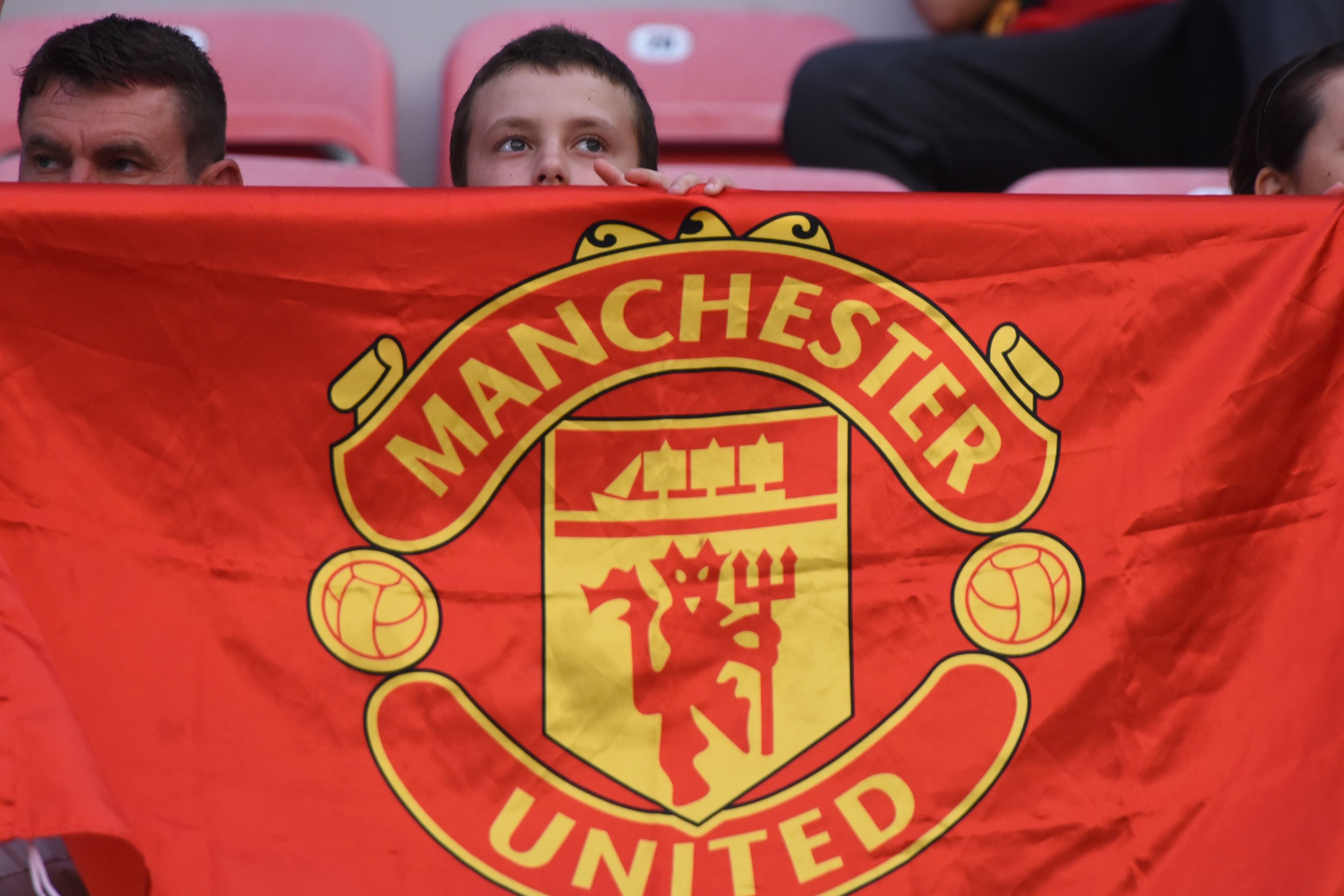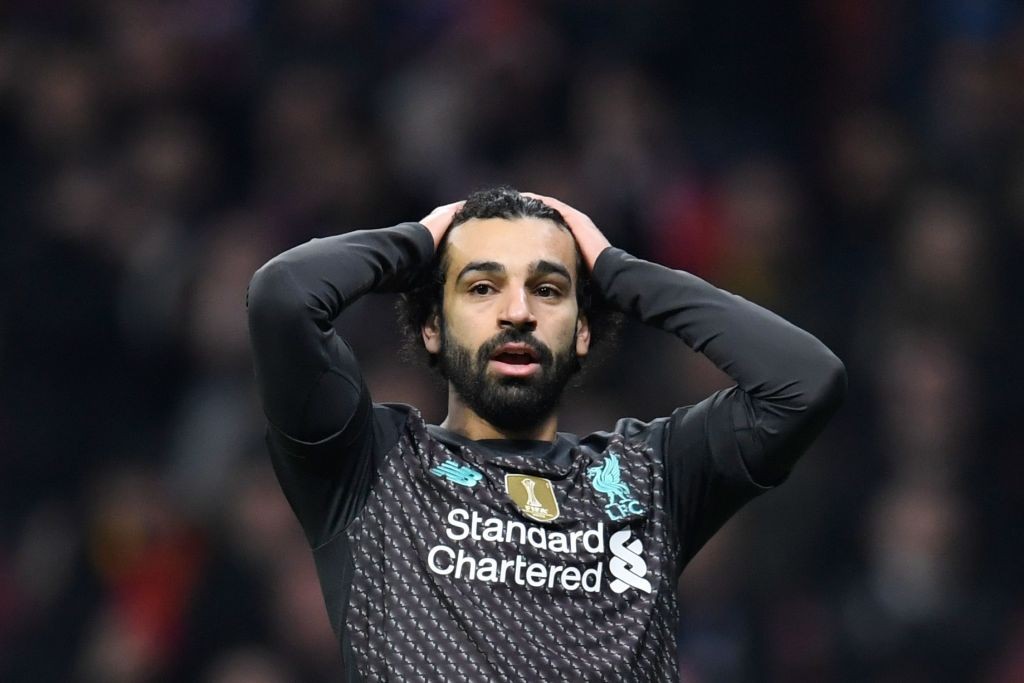Rasmus Hojlund brings bags of potential to Erik ten Hag’s side as a physical frontman that could open up Manchester United’s fortunes.
If any Manchester United fan wonders why their club does not have players with a solid sale value, they only have to look at past mistakes. The club’s operations in the transfer window have been catastrophic without any foresight on how good a said player can get,
Even Jadon Sancho could fall into that category. But after two seasons, he may warrant another to stake his claim. Such is the harsh world of top-tier football, where the window to impress is far shorter, and then comes the point when the price tag does not matter.
'Foundations in place to raise the bar.' 🔴
Erik ten Hag's Man Utd have reached an agreement with Atalanta over Rasmus Hojlund. 🤝pic.twitter.com/UogfRhNV9j
— Sky Sports News (@SkySportsNews) July 30, 2023
Take Nicolas Pepe at Arsenal, who has entered the oblivion of uncertainty where he does not know if any club will take him to play football next season. Mikel Arteta has no plans to do that, and with a year left, the financials involved in his deal, including the wages, will become irrelevant.
Pepe’s failures will forever ring every time Arsenal makes a big splash in the transfer window. That’s just one player, and Manchester United have invested similarly in several. At times they get away with criticism owing to the rich history under Sir Alex Ferguson.
Much like Arteta, ten Hag was not given the complete trust of the club hierarchy. But the Dutchman has spent exorbitant sums compared to the Spaniard in his first years. Last summer, the former Ajax boss spent big on experience and potential. The Antony signing took centre-stage following the near-€100 million move.
While ten Hag has resorted to established professionals this time, he has managed another major outlay on potential. Manchester United agreed to an €85 million deal with Atalanta for striker Rasmus Hojlund, thus ending a long drawn-out saga.
🚨 Manchester United will pay Atalanta fixed fee of €75m + €10m add-ons for Rasmus Hojlund. 20yo Denmark striker has agreed 5+1yr contract – still needs to be finalised. #Atalanta were seeking €90m, but #MUFC secured a package worth €85m @TheAthleticFC https://t.co/iDnAUBvBH8
— David Ornstein (@David_Ornstein) July 29, 2023
Much like Antony or Sancho, Hojlund comes to Old Trafford with the burden to justify the hefty price tag and the pressure to perform on the get-go. It is a big ask for a 20-year-old with a single season in one of the top-five European leagues. But that is the nature of top-level football nowadays.
Hojlund comes to Old Trafford with a reputation as a physical striker, ideal enough to take ten Hag’s style to the next level. If he gets going in the first few games, the €85 million tag will soon become irrelevant.
Getting there is difficult, but at least ten Hag will enter the season with a proper No.9, that he wanted rather than the makeshift nature that a Wout Weghorst or Anthony Martial provided early on. In any case, we look forward to whether Hojlund was the right decision for Manchester United and how he will fit in stylistically.
Why did Manchester United sign Rasmus Hojlund?
It is a bit early to say precisely why, but the top level of the Premier League are moving on to physical strikers who make themselves big inside the box. Even Pep Guardiola moved on from a system with no striker to one with a big persona of Erling Haaland. The same goes for Jurgen Klopp with the expensive acquisition of Darwin Nunez last summer.
The Age of Big Men. pic.twitter.com/H5gsaHhVQu
— AI (@nonewthing) July 29, 2023
Arsenal have followed suit with Kai Havertz this summer, as have Manchester United with Hojlund. The Gunners man still has attributes that let him perform different roles in the attack and the advanced midfield position. His future certainly is that of a central striker.
Haaland, Hojlund and Nunez are all bonafide target men who excel inside the box. Their modern-day style also allows great contributions to the other attackers. Ten Hag may have wanted Harry Kane or Victor Osimhen to have first-choice targets. But their price tags put them beyond Manchester United’s reach.
Even Randal Kolo Muani would have suited their style. But his price tag was the problem again. The Frenchman boasts superior numbers to Hojlund in many aspects but somewhat differed tactically from what Ten Hag wanted. The Danish international striker ticked many boxes for Ten Hag and was the next best thing available.
People have pointed out why Manchester United were paying €85 million for a striker with nine goals for Atalanta last season. The answer lies in the profile of the 20-year-old, which ideally costs a lot in the current market. In truth, many have rated Hojlund highly and going by their word; it is a steal of a buy from the club for a forward who can establish himself for years to come.
Ten Hag gets a striker who can be direct and play behind the opposition’s defence. He can also go toe-to-toe with some of the physical centre-backs in the Premier League. What if that’s not a similar attribute to a Kane or Haaland?
Rasmus Hojlund’s tactical analysis
To identify the character of Hojlund, it is important to watch the below video of the goal against Red Bull Salzburg during his Sturm Graz days. The Dane can pass it on to the on-rushing winger to the left, but decides to breeze past the defender, then takes an emphatic shot to finish the move.
With all eyes on Benjamin Sesko, another 2003-born striker stole the show as Salzburg visited Sturm Graz.
Rasmus Hojlund scored both goals as the hosts ran out 2-1 winners over the champions.#NXGN pic.twitter.com/I0nWup4U4c
— Tom Maston (@TomMaston) July 30, 2022
Hojlund will bring similar qualities to Manchester United, as one of his strongest traits is to make his shots count more inside the box. The 20-year-old does not take low-value shots, and most of his efforts have had a high productive range.
At Atalanta last season, he took 54 shots in total, with a 0.20 xG, which translates to almost a goal every five shots. He scored nine times in Serie A last season while playing fewer games than Osimhen. In rational terms, he would have scored 16 had he played the entire season of 38 games.
Hojlund is similar to Haaland in many aspects but superior with headed shots and usage of his weaker right foot. Like his fellow Nordic striker, Hojlund likes to stay centrally and support the attack. But he does not come deeper as a Harry Kane or Gabriel Jesus.
He spends most of his time in the middle third of the attacking half, supporting his wingers or the second striker in many situations. Inside the box, Hojlund rarely wastes possession with low-value shots. He yearns to improve the striker’s role by creating superior chances.
So, as a whole, when assessing the criteria for a #9 to excel, Hojlund ticks EVERY physical and technical box.
– Athleticism,
– Ability to strike the ball,
– Technical quality,
– Ability to create separation,
– Positional discipline.He is also a top mental profile. pic.twitter.com/XKx3Qgo26s
— EBL (@EBL2017) July 30, 2023
With him, Manchester United have a menace inside the box that could help convert many 50-50 chances into goals. His work rate is enough to create many decent chances throughout the season. However, Hojlund is not yet a volume master compared to Haaland, with the Norwegian averaging 3.8 shots per 90, compared to the Dane’s 2.4.
There is plenty of room for improvement and time to become a champion striker in Manchester United colours. Now, adapting to the rigours of the Premier League, which given his physical attributes, should not prove very difficult.
Did Manchester United make a mistake by signing Hojlund?
Certainly not, as he is the archetypical striker that a team like Manchester United need in this time and age of tactical supremacy. Ten Hag would need plenty of time to make this team into runway champions material. But he needs the club’s backing to get most decisions his way.
Welcome to Manchester United Rasmus Højlund ❤️🛑🔥
✅ Strongly built and very athletic
✅ has serious pace on counterattack
✅ Strong header of the ball
✅ Good hold-up play & dribbling skills
✅ Great left-foot #MUFC #Hojlund— Manchester United South Asia (@ManUtdSouthAsia) July 29, 2023
The Hojlund signing shows the board has faith in Ten Hag to spend on another project signing despite the unconvincing manner in which Antony has evolved. With Hojlund, Manchester United could have negotiated better over the fees part, but €85 million, including add-ons, is still a reasonable fee.
Had Hojlund’s numbers been any better or even in double digits for League goals, the doubts would have been far less. This striker has far more positive attributes that warrant Manchester United paying the €85 million fee.
He’s not as technically secure as Kane in many regards. Hojlund does have many key elements that a Manchester United striker would need. Kane is the finished product and will instantly elevate the quality of Ten Hag’s side. But that’s probably not the point of a project signing.
For Manchester United, Hojlund can drop in deep to link-up play to a certain degree when the team has the ball. Secondly, they can play him directly, as the Dane has the physicality to go head-to-head against the daunting defenders of this league.
Hojlund also offers a brilliant counter-attack option, representing Manchester United’s biggest weapon. He has the pace to run behind defences. Then, in a settled attack period, Hojlund becomes a focal point striker, providing his fellow attackers something to aim at and a menace inside the box.
Manchester United heavily relied on Rashford to create, run in behind defences and score the team’s goals last season. With Hojlund, Ten Hag can finally free up the England international and let him have the primary left-wing role he craves. The Danish striker can do the rest.
Hojlund is a smart buy, but there is a long way before he realises his potential. It is also upon Ten Hag to develop his talents to his best abilities. In the last two years of transition for the striker, he has not added more to his game but improved the areas he was good at.
Evan Ferguson made a name for himself as one of the Premier League's most exciting young strikers last season! 🙌
How many goals will he score in the 2023/24 campaign? 🧐 pic.twitter.com/sirXY4W9NR
— 90min (@90min_Football) July 30, 2023
To become the ultimate striker, Ten Hag has to focus on his strengths and tactically mask his weaknesses. For clarity, Hojlund’s biggest competitor next season should be Brighton’s Evan Ferguson than anyone else in the No.9 role. That factor draws the line on comparisons and to which category he currently belongs.
As for the price criticisms, name another striker with attributes that would come at this price. Had Manchester United knocked on Brighton’s door for Ferguson, they would have quoted sub-€100 million for the Irish international.




